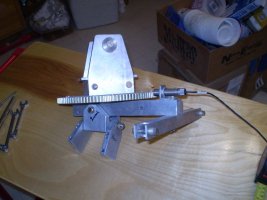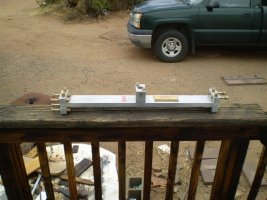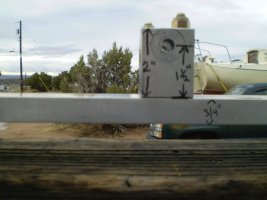giro5
Senior Member
- Joined
- Mar 19, 2006
- Messages
- 1,272
- Location
- Farmington, New Mexico
- Aircraft
- prev- citabria,AA1b, fun racer
- Total Flight Time
- 400 GA, 50 trike
I have a question for some of the older more experienced rotorheads out there. I have an original set of Bensen metal blades. The hub bar has an aluminum block with a 3/8 hole for the teeter bolt. What if any lubricant should be used here. ie wheel bearing grease, Anti seize compound, white grease like lubriplate, thin oil like 3 in 1, or maybe a brake in oil with a high zinc content. I have a hard time believing this bolt and aluminum block should be run dry. Does any one know what Bensen or Ken Brock would recommend. The rotor head is a Neal Carnes with bearings in the towers but I am not sure if the hub bar will rotate on the bolt or remain fixed and the bolt rotate in the bearings???




